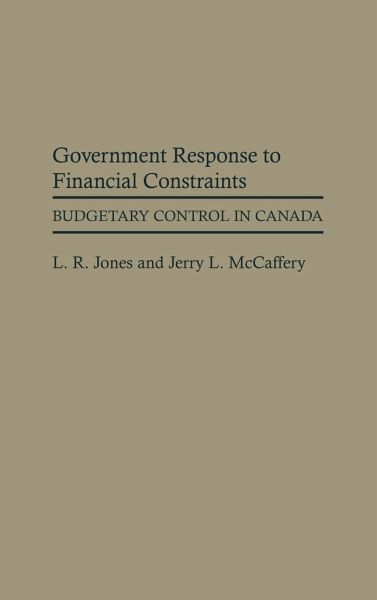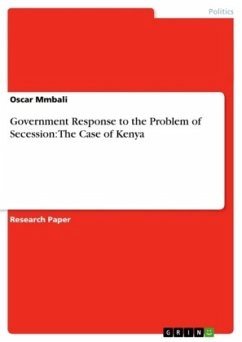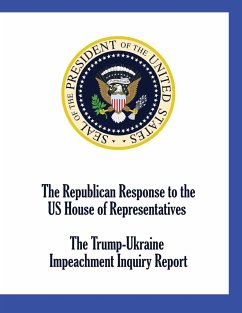
Government Response to Financial Constraints
Budgetary Control in Canada
Versandkostenfrei!
Versandfertig in 1-2 Wochen
88,99 €
inkl. MwSt.

PAYBACK Punkte
44 °P sammeln!
Authors Jones and McCaffery provide perspectives on Canadian government actions to manage financial contingency and restraint. Although the primary focus is on provincial government, attention is also paid to the actions of the federal government. The authors begin by presenting a theoretical framework through which government financial restraint management may be evaluated. In the following chapters, criteria derived from this framework are then applied to provincial government financial stress and restraint management actions. They examine the provincial economic base, revenue and expenditur...
Authors Jones and McCaffery provide perspectives on Canadian government actions to manage financial contingency and restraint. Although the primary focus is on provincial government, attention is also paid to the actions of the federal government. The authors begin by presenting a theoretical framework through which government financial restraint management may be evaluated. In the following chapters, criteria derived from this framework are then applied to provincial government financial stress and restraint management actions. They examine the provincial economic base, revenue and expenditure trends, and financial condition. In particular, annual and cumulative budget deficits and debt loads are reviewed as indicators of the degree of financial stress faced by provincial governments. Actions taken by provinces to increase revenues and productivity, and to control expenditures, are reviewed from the early 1970s to 1987, with emphasis on the period 1983-1987. A comparison of financial stress management in the Province of Ontario and the State of California is also presented, and this comparative approach is continued in a chapter on Canadian federal government financial stress management. Finally, Canadian federal efforts to institute budget control under the Policy and Expenditure Management system are compared to budget control approaches utilized by the U.S. federal government. This unique study will improve our understanding of how the Canadian provincial and federal governments manage budgeting and financial stress. Both for the increased knowledge it offers of Canadian fiscal practices and for the insight into our own government's fiscal difficulties, scholars and students of Canadian studies, political science, public policy and administration, and economics will want to read Government Response to Financial Constraints.














